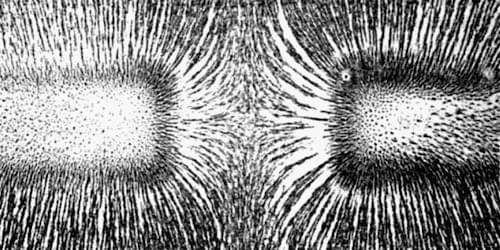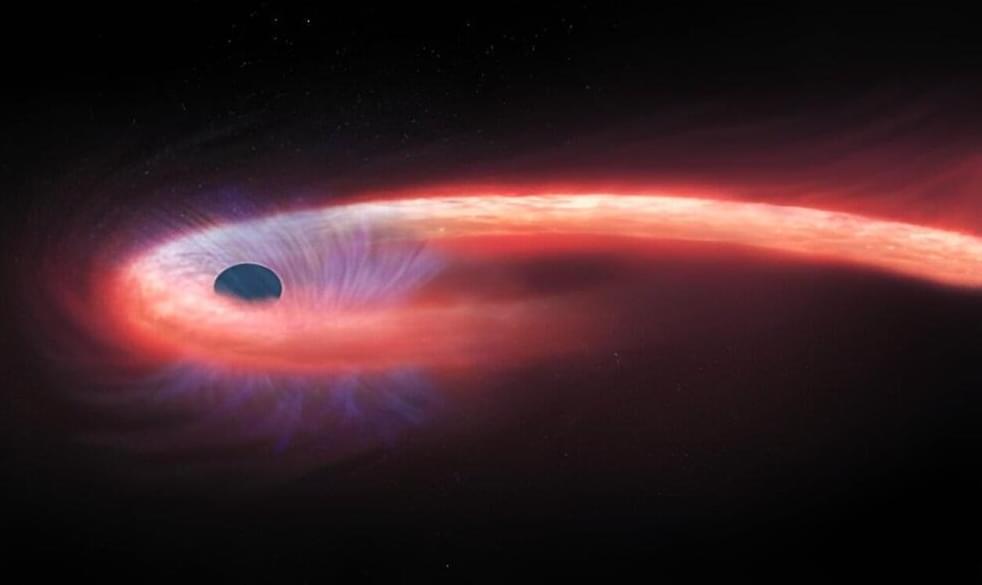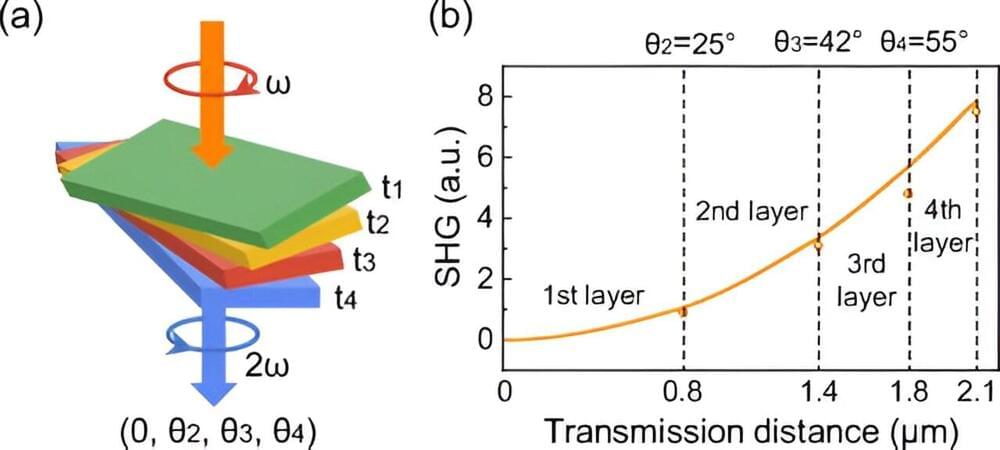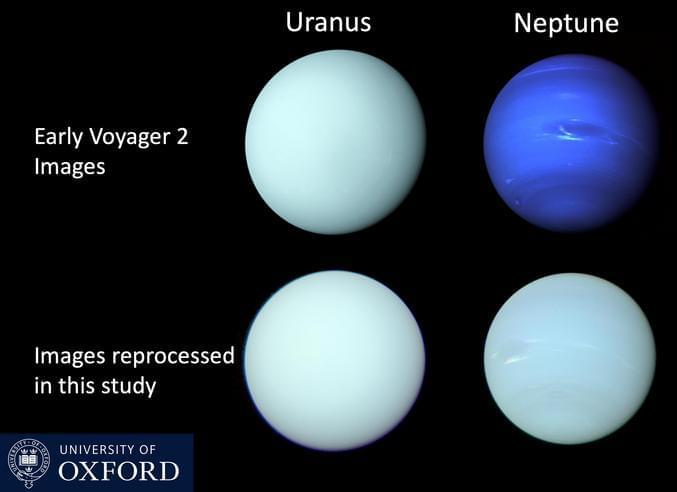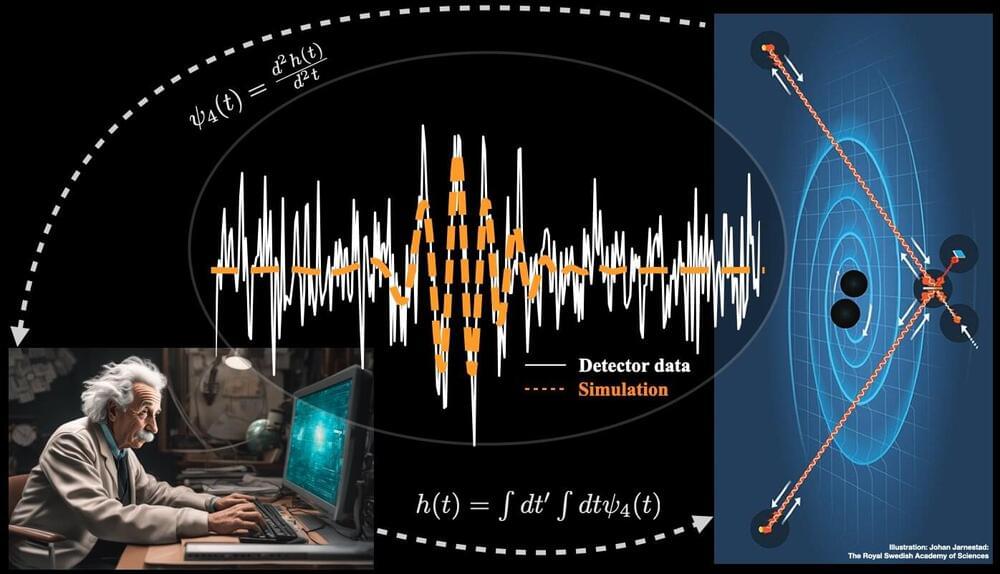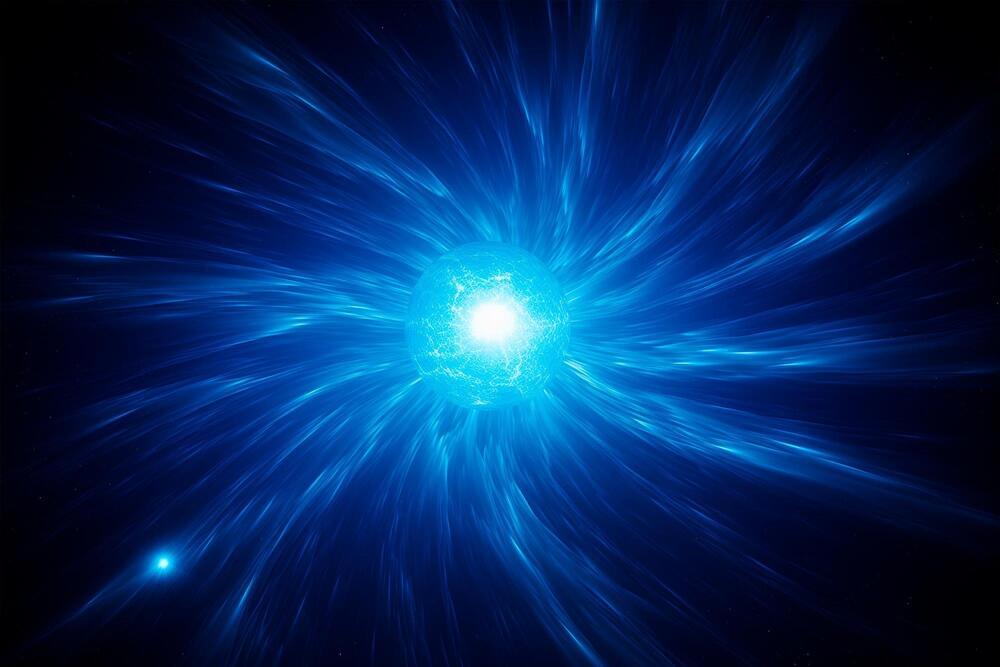Recent theoretical work has identified the possibility of a new and fundamental form of magnetism.
Collinear magnetism, where magnetic moments of all ions are parallel or antiparallel to each other, is a century-old concept in condensed-matter physics. In the past two decades, researchers began exploring the exotic world of noncollinear magnets, which include spin spirals, skyrmions, spin ices, and more. But more recently a fundamentally new form of collinear magnetism has emerged: altermagnetism. Like ferromagnetism, it breaks time-reversal symmetry and harbors anomalous transport properties, such as the anomalous Hall effect and magneto-optics. Like antiferromagnetism, it has, by symmetry, no net magnetization. The phenomenon was identified between 2019 and 2021 by four different groups [1–4]. In 2022, Libor Šmejkal of Johannes Gutenberg University Mainz in Germany and colleagues named it altermagnetism [5]. Despite its youth, altermagnetism is already proving a fertile field for theory and for proposed applications.
